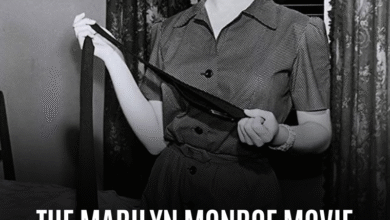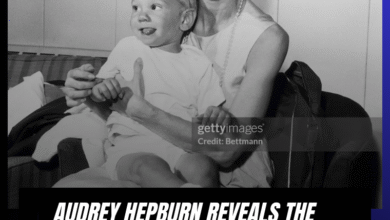Mission: Impossible’s Most Dangerous Stunt Yet: Watch Tom Cruise Defy Death at 10,000 Feet!
OPINION: This article may contain commentary which reflects the author's opinion.
Tom Cruise’s dedication to performing his own stunts has become one of the defining elements of the Mission: Impossible franchise. From daring motorcycle chases to heart-pounding rooftop climbs, Cruise has continually pushed the boundaries of action filmmaking. But one stunt, in particular, has solidified itself as one of the most dangerous moments in cinematic history: the HALO (High Altitude, Low Opening) jump from Mission: Impossible – Fallout (2018). This feat, performed at an altitude of 25,000 feet, took Cruise’s commitment to death-defying action to new heights—literally and figuratively.
The Stunt That Took a Year to Prepare
Cruise’s HALO jump is not only one of the most perilous stunts he’s ever undertaken, but it’s also a technological marvel. Filming the sequence took over a year of planning and execution, with Cruise completing 106 jumps (including training and filming) to perfect the stunt. The HALO jump, which involves free-falling at extreme speeds before opening a parachute at a low altitude, is typically used by military special forces. For Fallout, the jump was filmed over the United Arab Emirates, standing in for Paris, and required meticulous attention to detail in order to capture the brief, golden-hour lighting at dusk.
The specifics of the stunt are staggering: Cruise jumped from a C-17 military aircraft, reaching speeds of up to 220 miles per hour during freefall. The stunt was filmed at altitudes ranging between 25,000 and 30,000 feet, far higher than typical recreational skydives that happen around 10,000 feet. At such extreme heights, Cruise wore specialized equipment, including a custom oxygen mask and a helmet with internal lighting, allowing for visibility during the jump—necessary since traditional military HALO gear obscures the face.
Innovation, Training, and Safety Measures
The innovative nature of the stunt didn’t stop with the equipment. The production team built the world’s largest wind tunnel to help Cruise and the crew rehearse the jump. In addition to this, Cruise underwent over 100 skydiving jumps to train for the stunt, ensuring he could handle the physical challenges of such high-altitude jumps. Filming at altitudes that could cause hypoxia (lack of oxygen) and equipment malfunctions, the team took every precaution to mitigate the dangers. Director Christopher McQuarrie commented, “It’s about what we can do that’s physically possible, but without killing Tom.” The immense preparation was not only for technical accuracy but to keep Cruise safe while filming.
The jump itself was filmed by a camera operator who jumped alongside Cruise, using a helmet-mounted camera to capture close-up shots. This added complexity to an already intricate stunt, requiring perfect timing, coordination, and precision. The sequences were filmed at dusk to capture the ethereal lighting, a narrow window of time that added both visual beauty and challenge to the execution.
Altitude Confusion: Was It Really 10,000 Feet?
The original query that inspired this article mentioned Cruise defying death at 10,000 feet. However, based on extensive research and interviews with the filmmakers, it is clear that the HALO jump was performed at altitudes between 25,000 and 30,000 feet. While 10,000 feet is common for recreational skydives, it is far lower than the required height for HALO jumps. This suggests the 10,000 feet figure is either an exaggeration for promotional purposes or a mistake in recalling the details of the stunt. Regardless, the HALO jump remains one of the most dangerous stunts ever filmed, a testament to Cruise’s fearless approach to action filmmaking.
Comparison with Other Iconic Stunts
While the HALO jump stands out for its extreme altitude and complexity, it is just one of many jaw-dropping stunts in the Mission: Impossible franchise. In Ghost Protocol (2011), Cruise scaled the Burj Khalifa in Dubai, reaching incredible heights—though on solid ground. In Rogue Nation (2015), he famously hung from an Airbus A400M during takeoff, likely below 10,000 feet. More recently, Dead Reckoning Part One (2023) featured a motorcycle cliff jump involving base jumping, but again, not at the altitudes seen in Fallout.
A Legacy of Daring Stunts
The HALO jump in Mission: Impossible – Fallout is a perfect encapsulation of the franchise’s commitment to pushing physical boundaries. It is a feat that required cutting-edge technology, relentless training, and most importantly, a fearless star willing to put his life on the line for the sake of realism in filmmaking. Tom Cruise has made it clear that, for him, it’s not just about making movies—it’s about living the action.
As we look ahead to future Mission: Impossible installments, one thing is certain: Tom Cruise will continue to defy the odds, one insane stunt at a time.



